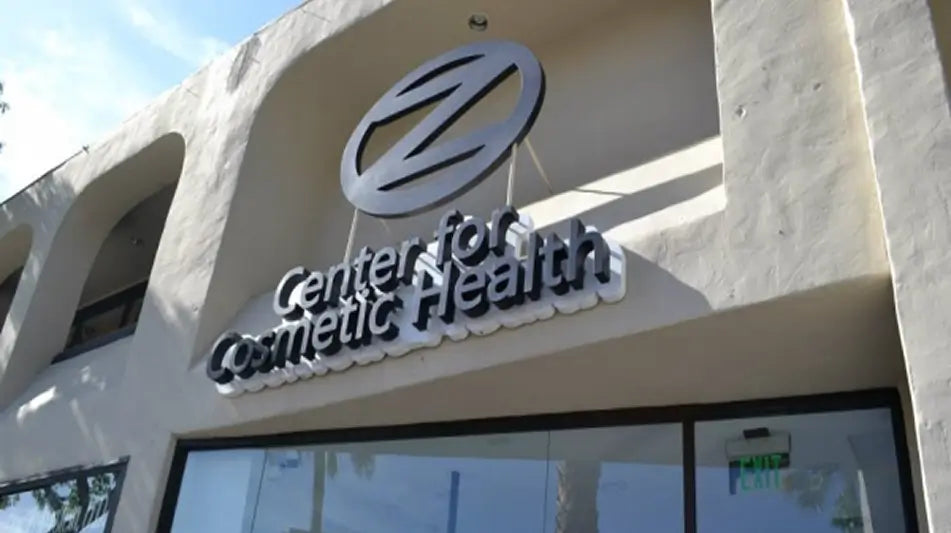Transform your look with Sherman Oaks’ #1 Rated Med Spa in Los Angeles
About Dr. Michael Zadeh
Dr. Michael Zadeh is a highly accomplished and board-certified general surgeon who has dedicated his career to helping individuals feel their absolute best, both inside and out.
Our Treatments
View All TreatmentsExplore Our Expertise
Follow Us @zcosmetichealthPopular Treatments
View All Treatments
Our Philosophy
At Z Cosmetic Health, we combine advanced technology with personalized care to help you achieve your goals.
Highlights
Follow Us @zcosmetichealthFrom Our Patients
Our Location
14658 VENTURA BLVD
Sherman Oaks, CA 91403, USA
Sherman Oaks, CA 91403, USA
Our Hours
Monday: Closed
Tuesday–Friday: 10:00 am – 7:00 pm
Saturday: 10:00 am – 6:00 pm
Sunday: Closed
Tuesday–Friday: 10:00 am – 7:00 pm
Saturday: 10:00 am – 6:00 pm
Sunday: Closed































